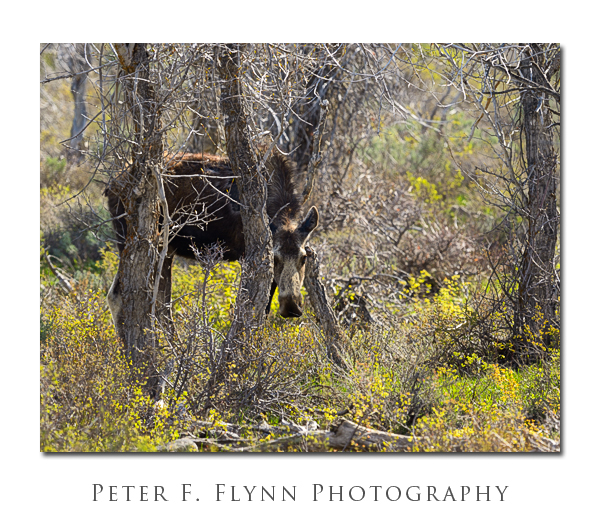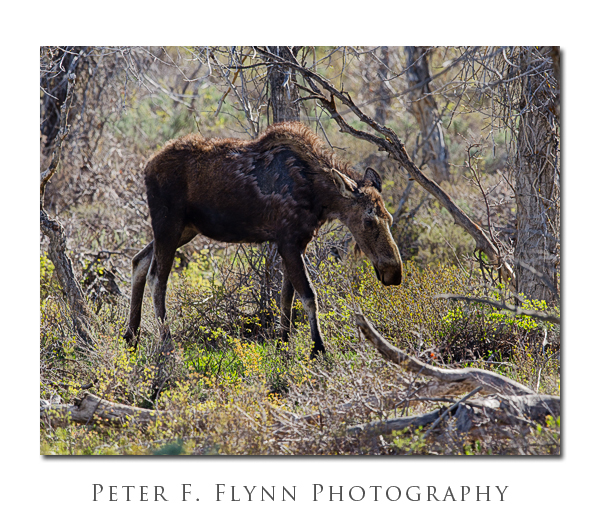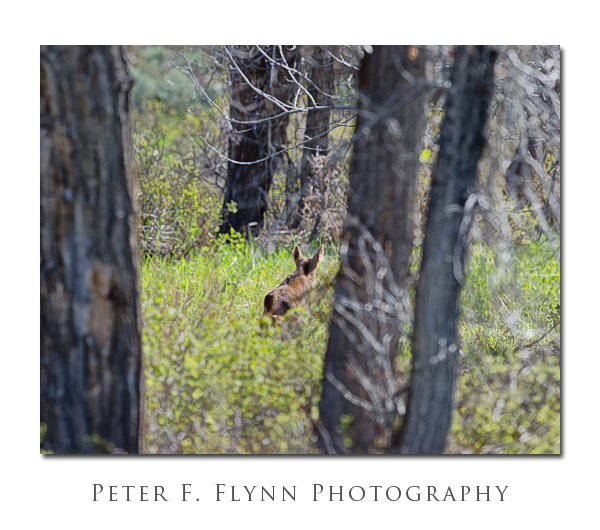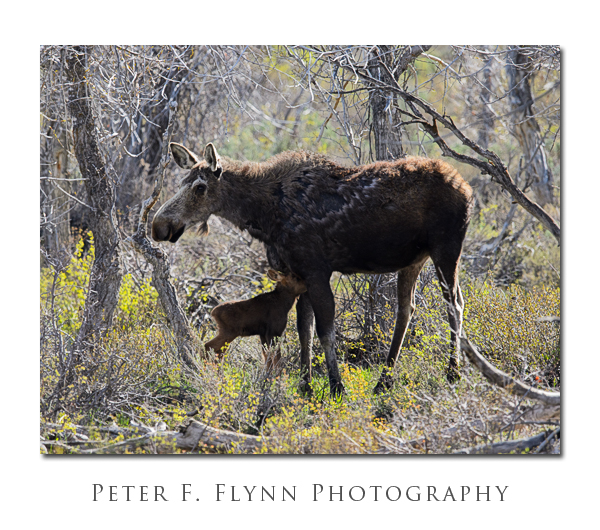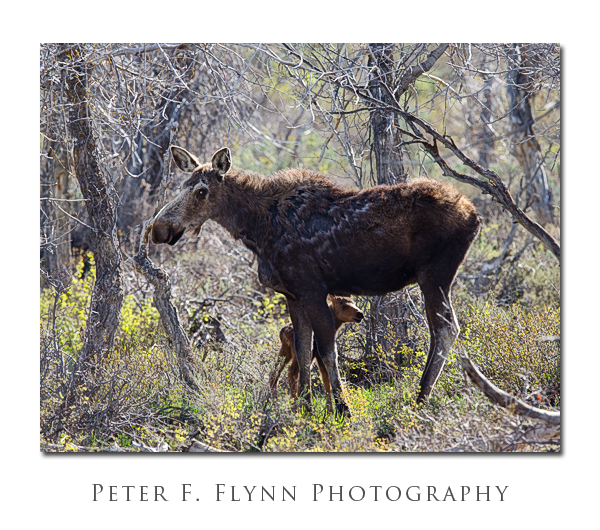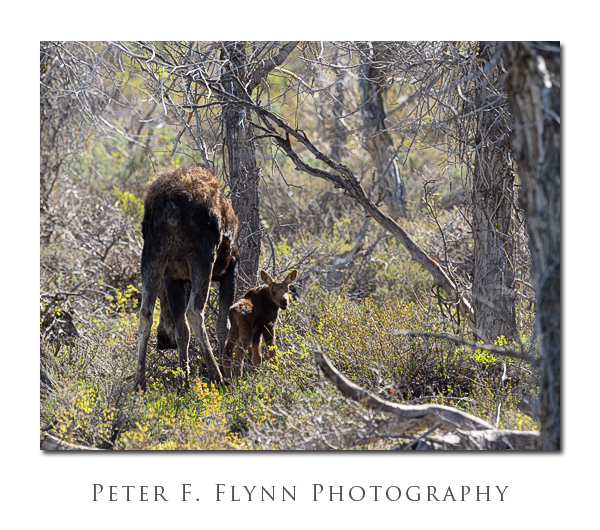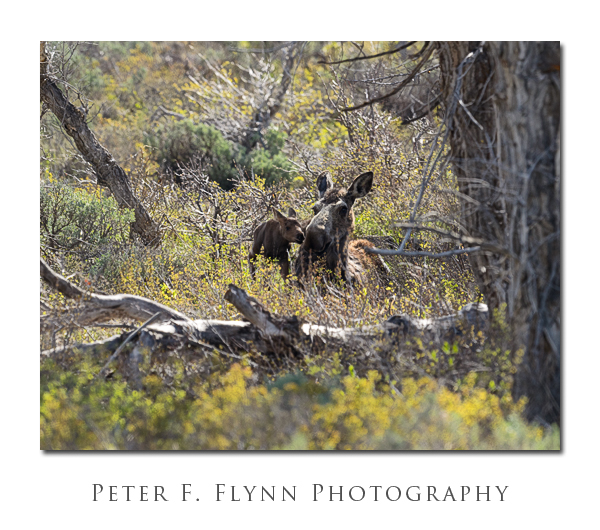Click on pano thumbnails to view larger images
The image above was recorded at Jackson Lake Lodge at 07:36 MDT on June 8, 2013.
The image above was shot from the Mount Moran Turnout at 08:30 MDT on June 8, 2013.
The image above was shot from the Mountain View Turnout at 09:00 MDT on June 8, 2013.
The image above was recorded at the Jenny Lake Overlook at 09:45 MDT on June 8, 2013.
The image above was made from the Teton Glacier Turnout at 11:00 MDT on June 8, 2013.
The image above was recorded from along the Antelope Flats Road at 11:30 MDT on June 8, 2013.
Finally, the shot above was made at the Blacktail Ponds Overlook at 13:50 MDT on June 8, 2013.
Coordinates for locations mentioned in this entry are given below:
Jackson Lake Lodge: 43°52.44N, 110°34.56W
Mount Moran Turnout: 43°48.23N, 110°38.52W
Mountain View Turnout: 43°47.62N, 110°41.80W
Jenny Lake Overlook: 43°45.64N, 110°43.06W
Teton Glacier Turnout: 43°43.08N, 110°43.77W
Antelope Flat Road: 43 40.21N, 110 39.09W
Blacktail Ponds Overlook: 43 40.02N, 110 41.84W
All images recorded using the Apple iPhone5 with the Autostitch Pano Application software. The iP5 was mounted on a Gitzo leveling tripod with a RRS BH-55 head using the RRS XC-iP5 case and the B2-XJ1 clamp.
Copyright 2013 Peter F. Flynn. No usage permitted without prior written consent. All rights reserved.






